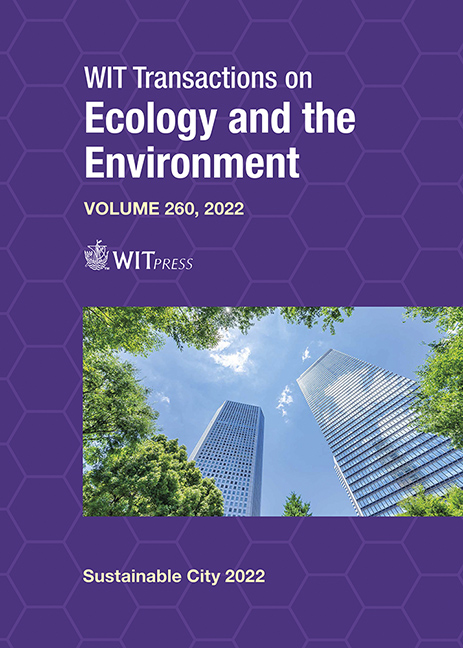EVOLUTION MECHANISM, HISTORY AND CHARACTERISTICS OF CHINA’S RURAL AREAS SINCE THE REFORM AND OPENING-UP
Price
Free (open access)
Transaction
Volume
260
Pages
9
Page Range
503 - 511
Published
2022
Paper DOI
10.2495/SC220411
Copyright
Author(s)
WU JUNBO
Abstract
During the rapid urbanization of the past four decades, the countryside has been continuously evolving. The adaptation of the constantly diversified needs of people and the highly competitive space between urban and rural areas determines people’s urbanization choices; and the core factors affecting the direction of rural evolution in the characteristics of rural itself are geographical location and resource endowment. Under the combined effect of people’s urbanization choices and rural characteristics, Chinese rural areas are constantly evolving in terms of population, function and space. By analyzing rural cases at different stages, the paper points out that rural areas have experienced three stages: rural industrialization in local urbanization, rural shrinkage and remote urbanization, and rural multidimensional reconstruction in high-frequency mobile urbanization, revealing the law of rural evolution: only villages that can meet people’s diverse needs and adapt to people’s urbanization choices can develop and evolve healthily and sustainably.
Keywords
urbanization, rural area





